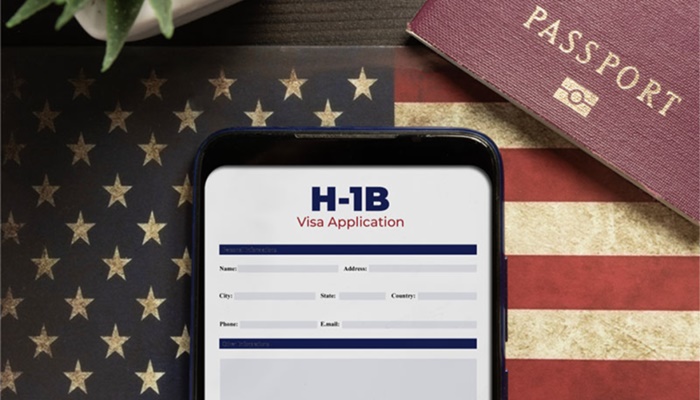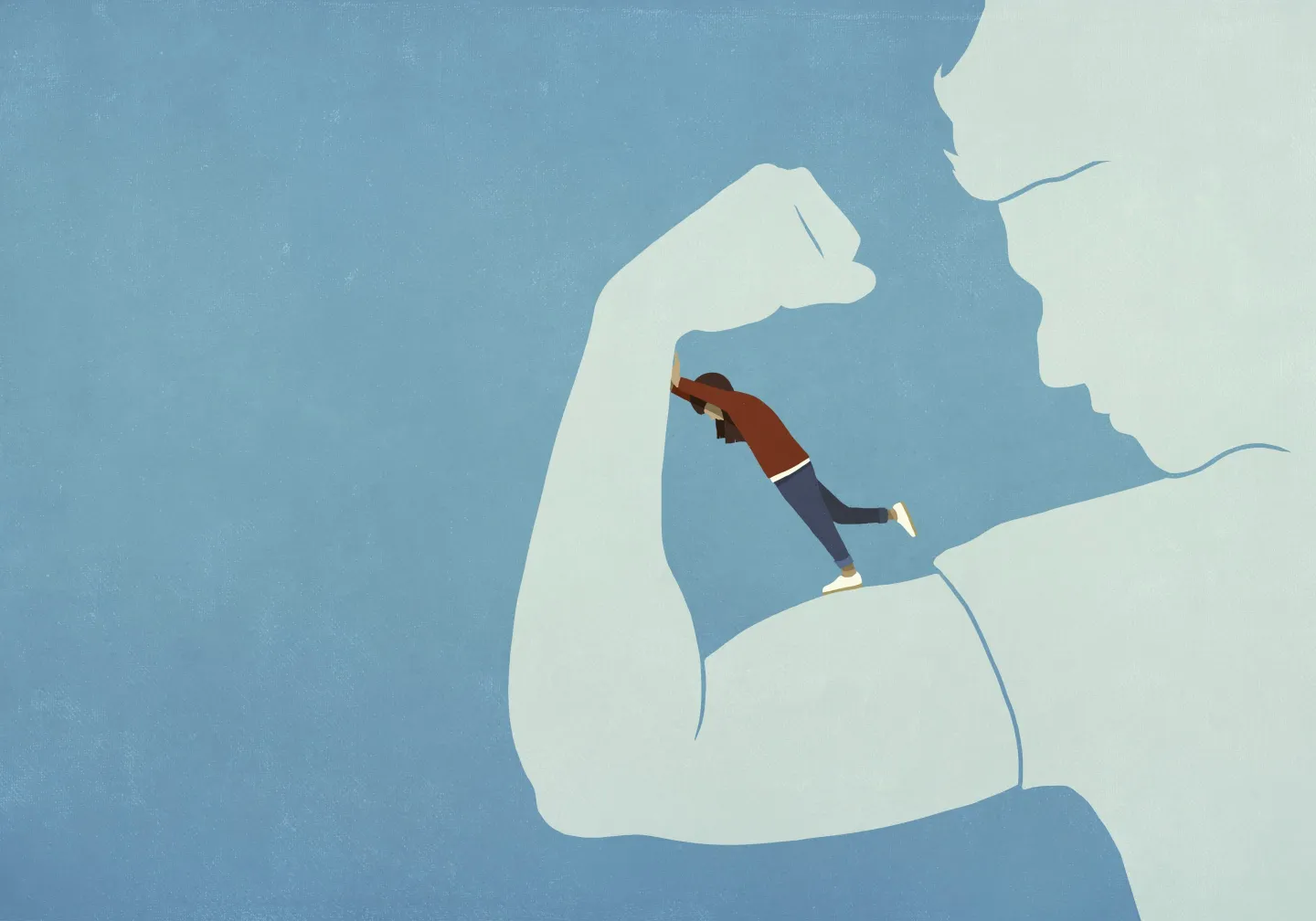In a world forever altered by the remote revolution, the age-old equation of “live to work” has been upended. Across continents, governments, companies, and citizens are increasingly asking a different question: What if we worked to live?As burnout becomes a global epidemic and mental health a mainstream concern, the idea of a life-work balance, not work-life, has taken center stage. This inversion is intentional: the best systems today no longer force life to squeeze between shifts, but instead build work around the contours of a meaningful, healthy existence.
So which countries are leading this global reimagining?
According to the 2025 Global Life-Work Balance Index, compiled by Remote.com, ten nations have emerged as global exemplars. They aren’t just offering more vacation days or shorter hours. They’re building ecosystems that respect dignity, flexibility, and joy.
The Life-Work Balance Index ranks countries on a composite of factors: statutory paid leave, sick leave and parental policies, average working hours, healthcare access, minimum wage strength, public safety, LGBTQ+ inclusivity, and overall happiness levels. It’s not just about labour laws—it’s about lived experience.
New Zealand
Index Score: 88.7
- Around 32 days of statutory paid leave
- High national minimum wage
- Top rankings in public safety and LGBTQ+ inclusion
New Zealand tops the list for good reason.It has carefully engineered its labour ecosystem to prioritise flexibility, wellness, and inclusivity. With a culture that encourages switching off after work and policies that support generous time off, it’s a country where professional life respects personal boundaries.
Ireland
Index Score: 81.2
- 30+ days of paid annual leave
- Robust family and parental benefits
- Increasing support for remote and hybrid models
Ireland blends EU-grade labour protections with a cultural commitment to leisure and community. Laws supporting sick leave and maternity benefits are complemented by a work culture that promotes switching off—literally. The “Right to Disconnect” is no longer a debate; it’s a law.
Belgium
Index Score: 75.9
- Strong legal protections for part-time work
- Excellent healthcare access
- Generous paid sick leave and vacation schemes
Belgium’s model of balance isn’t just about time off—it’s about tailoring work to individual needs. Whether through compressed workweeks or job-sharing, employees are empowered to prioritise life milestones without professional penalties.
Germany
Index Score: 74.7
- 30 days paid vacation on average
- Capped weekly working hours
- Free and accessible public healthcare
Germany combines economic productivity with employee-first policies. The working week is clearly defined and rarely spills into personal time. Legal protections ensure that rest is not a reward but a right, enabling citizens to remain both professionally focused and personally fulfilled.
Norway
Index Score: 74.2
- Extensive parental leave (shared by both parents)
- One of the world’s highest public safety ratings
- Universal healthcare and generous welfare
Norway’s approach is deeply holistic. Citizens don’t just enjoy time off—they feel secure taking it. With the state supporting families and healthcare needs, workers are free to prioritise mental health, parenting, or simply unplugging from work pressure without anxiety.
Denmark
Index Score: 73.8
- 35+ days of paid time off
- Average workweek under 37 hours
- High levels of job autonomy and social trust
In Denmark, work-life balance isn’t aspirational—it’s built into national DNA. From a young age, Danes are taught that personal fulfillment and work performance are not mutually exclusive. Employers trust employees to deliver results, and in return, employees don’t have to sacrifice their evenings or sanity.
Canada
Index Score: 73.5
- Government-mandated parental leave and benefits
- Universal access to healthcare
- Emerging national dialogue around mental health
Among its North American peers, Canada is a standout. While the US lags far behind in work-life protections, Canada offers a more humane template, blending social safety nets with increasing emphasis on remote work, flexibility, and emotional well-being.
Australia
Index Score: 72.1
- 30 days of average annual leave
- Culturally reinforced after-hours disconnect
- Supportive workplace policies in both public and private sectors
Australia has long championed a laid-back lifestyle, but its work policies reflect a serious commitment to balance. There’s a national ethos of “clocking out” that isn’t just observed—it’s respected. Employees are encouraged to enjoy life outside of the office, whether at the beach or with family.
Spain
Index Score: 71.9
- Up to 36 days of statutory leave
- Generous sick leave and parental entitlements
- Cultural emphasis on rest, food, and family
Spain doesn’t just allow balance—it celebrates it. From siesta traditions to long family meals, Spain has institutionalised rest. While its economy is modernising, its values remain rooted in the idea that work must accommodate life—not the other way around.
Finland
Index Score: 70.9
- Progressive labour laws and flexible schedules
- High scores in happiness, education, and trust
- Family-first policies backed by the state
Finland’s excellence comes from treating work-life balance as a design challenge. The country builds flexibility into education, housing, and public services—creating a society where workers are supported by structures, not trapped by them.
What do these countries have in common?
While each nation differs in geography and governance, their approach to work-life balance reveals shared values:
- Time is protected, not just with laws, but through culture.
- Healthcare and wages are non-negotiable, reducing stress and insecurity.
- Trust-based work environments empower autonomy and flexibility.
- Inclusivity and safety are viewed as prerequisites for quality of life.
- These are countries that don’t just talk about balance—they build it.
Balance is a policy choice, not a privilege
The world’s best-performing nations in work-life balance aren’t the wealthiest by default; they’re the most intentional. They’ve chosen to place people over profit, wellbeing over output, and community over control.
As the next generation of workers demands more humane conditions, these countries aren’t just ahead of the curve—they are the curve. For the rest of the world, the question isn’t whether work-life balance is achievable.
It’s: What are you waiting for?




















